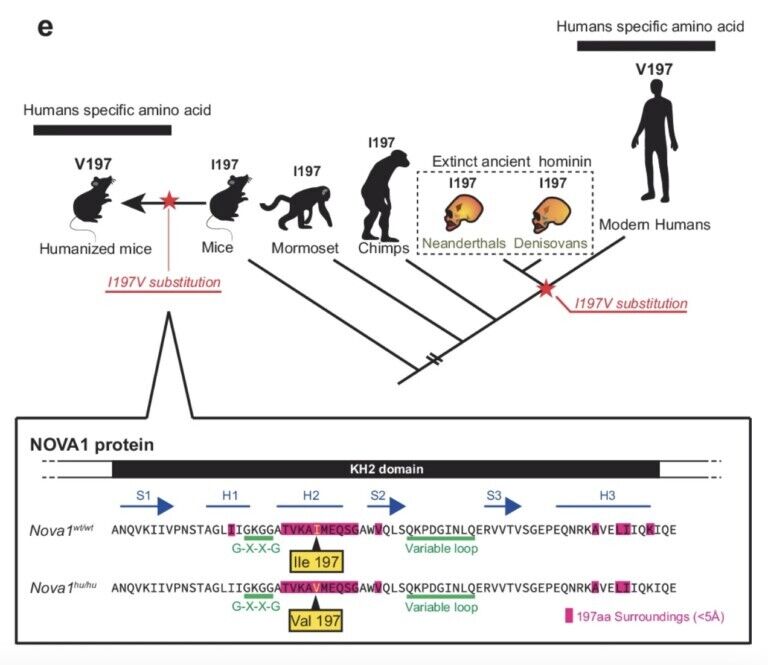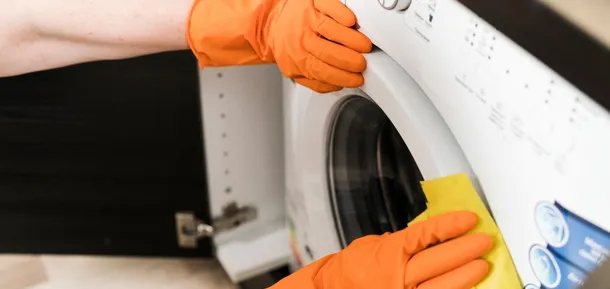News
Scientists introduce human language gene into mice and change their voice
The human "language gene" is called NOVA and it is extremely unique. After all, almost all other mammals have the same NOVA1 variant in their genetic code.
In the human version, the "language gene" has one amino acid change. However, scientists have introduced the human speech gene into the DNA of mice and changed their voice, ScienceAlert writes.
According to researchers from Rockefeller University and Cold Spring Harbor Laboratory in New York, this single amino acid change could have played a crucial role in the emergence of spoken language, as well as in the spread and survival of Homo sapiens.
Even Neanderthals and Denisovans don't have the same variant, meaning it must have evolved over the last few hundred thousand years, after our species split off from these extinct relatives, scientists say.
Other "language genes," such as FOXP2, which also make mice squeak in different ways, have been found in Neanderthal DNA. So, while they probably also contributed to the origin of human language, they cannot be responsible for our most recent evolutionary success, the researchers say.
It's unclear what the language abilities of our extinct relatives once were, but this recent change has proven to be very successful in the human genome.
In more than 650,000 human DNA sequences, researchers found only six ancestors that did not have a modern variant of NOVA1.
When it comes to the origin of complex human language, NOVA1 is a "new player," said geneticist Wolfgang Enard, who worked on the FOXP2 gene.
"This gene is part of a dramatic evolutionary change in early modern humans and points to a potential ancient origin of spoken language," said neuro-oncologist Robert Darnell of Rockefeller University, who has been studying the gene and its links to disease and intellectual function since the early 1990s.
"NOVA1 may be a real human 'language gene'. Although, of course, it is only one of many genetic changes that are characteristic of humans," the scientist added.
When Darnell and his team artificially created a human version of NOVA1 in mice, they found that the rodents squeaked differently. Adults and pups still made the same amount of noise, but their vocalizations changed.
Compared to normal mice, the genetically modified cubs emit high-frequency ultrasonic squeaks. Their cries did not attract the mother's attention in the same way as the cries of normal mice, but these sounds may indicate active attempts at social interaction, albeit unsuccessful, the scientists say.
The researchers are seeking to understand why the mice sound different from the human version of NOVA1. They suspect that the human variant causes molecular shifts in some parts of the developing rodent brain, whether it's the vocal cords of the midbrain and brainstem or the newly developed cortical areas that control pitch and frequency.
Only verified information is available on the OBOZ.UA Telegram channel and Viber. Do not fall for fakes!




























